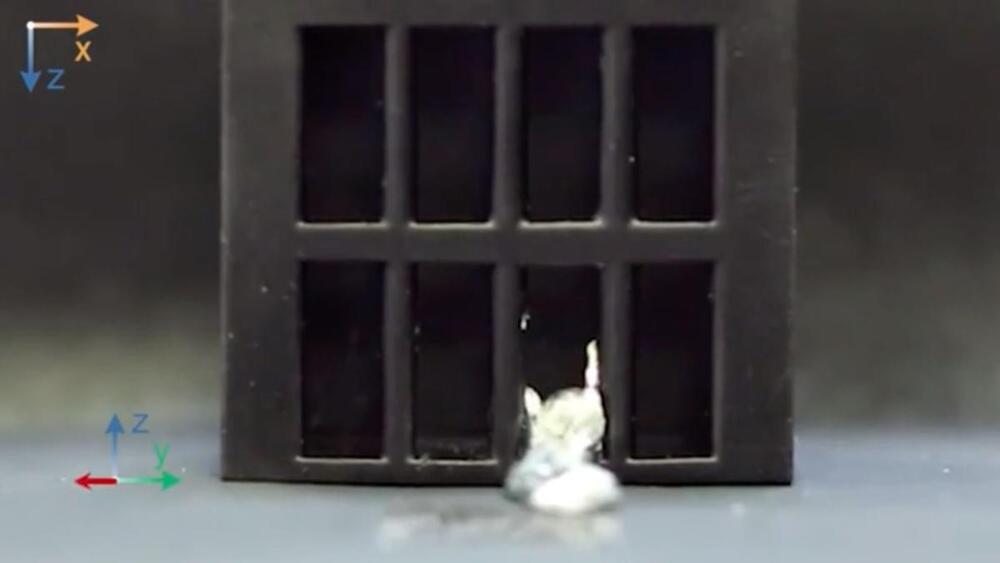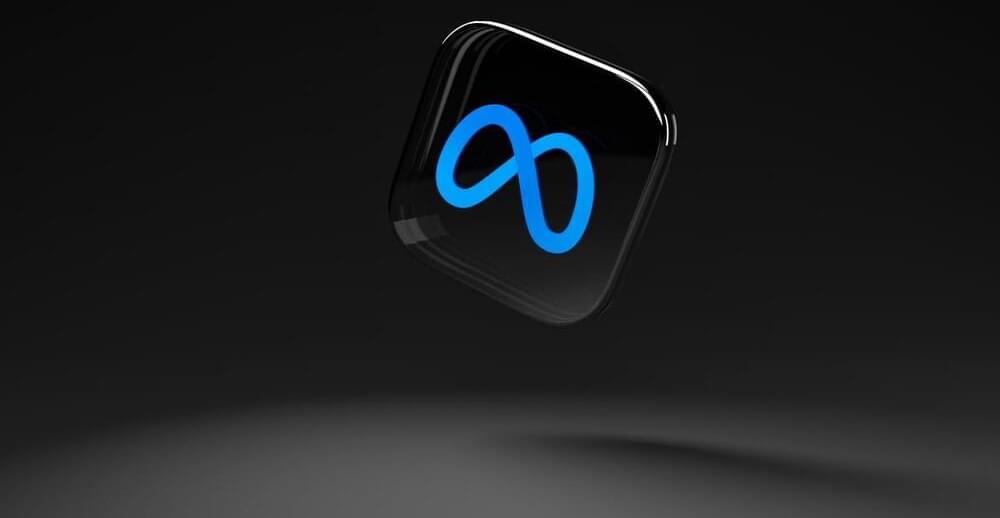We could be living in the most important century in history. Here’s how Artificial Intelligence might uphold a historical trend of super-exponential economic growth, ushering us into a period of sudden transformation, ending in a stable galaxy-scale civilization or doom. All within the next few decades.
This video is based on Holden Karnofsky’s “most important century” blog post series: https://www.cold-takes.com/most-important-century/
Below, you can find additional sources and further readings.
▀▀▀▀▀▀▀▀▀PATREON, MEMBERSHIP, KO-FI▀▀▀▀▀▀▀▀▀▀▀▀▀▀▀▀▀
🟠 Patreon: https://www.patreon.com/rationalanimations.
🔵 Become a member of the channel: https://www.youtube.com/channel/UCgqt1RE0k0MIr0LoyJRy2lg/join.





